Cut Concrete Without a Saw – 5 Simple Ways That Work
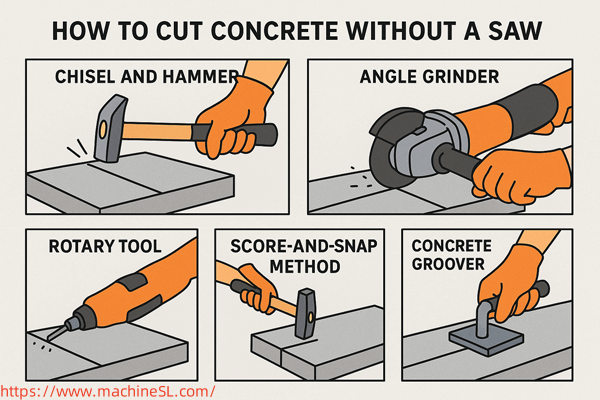
There are times when you require breaking concrete but there is no saw. Possibly there is no electricity in-situ. Maybe renting a power tool is too expensive. Or you just want a method that’s safer and quieter.
The good news is that you can cut concrete without a saw. It’s slower, but it works. And you can use tools you may already own.
This guide shows five proven, safe ways of cutting concrete using no saw. The way to make the cuts neat, how to prepare your workplace, and what pitfalls to avoid will also be explained.
Contents
Safety Precautions Before Cutting
Concrete is hazardous to cut and dusty when it is not done properly. This is the reason why the safety comes first.
Personal Protective Equipment
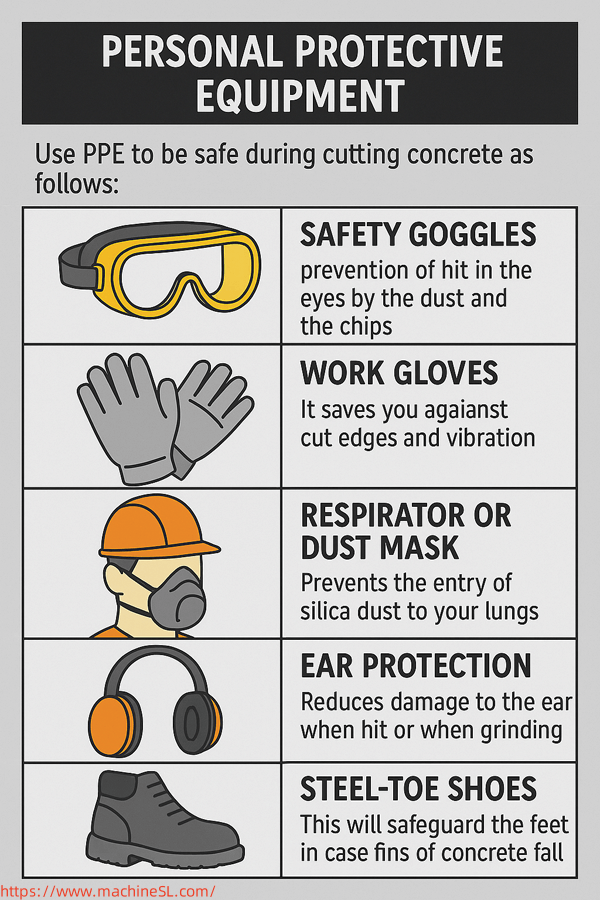
Use PPE to be safe during cutting concrete as follows:
- Safety goggles: prevention of hit in the eyes by the dust and the chips.
- Work gloves: It saves you against cut edges and vibration.
- Respirator or Dust mask: Prevents the entry of silica dust to your lungs.
- Ear protection: Reduces damage to the ear when hit or when grinding.
- Steel-toe shoes: This will safeguard the feet in case fins of concrete fall.
Control Dust for Cleaner, Safer Work
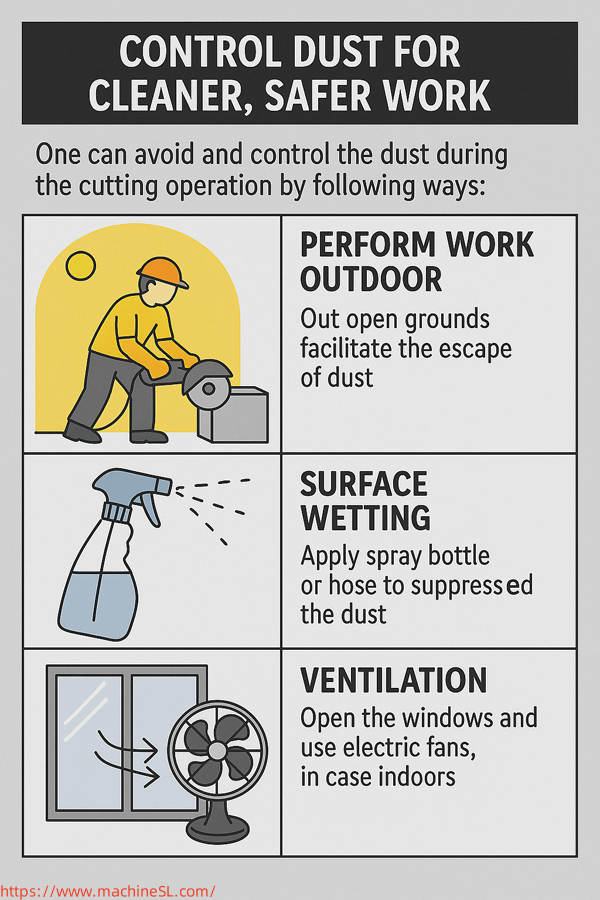
One can avoid and control the dust during the cutting operation by following ways:
- Perform work outdoor: Out open grounds facilitate the escape of dust.
- Surface wetting: Apply spray bottle or hose to suppressed the dust.
- Ventilation: Open the windows and use electric fans, in case indoors.
Prepare Your Workspace for Fewer Accidents
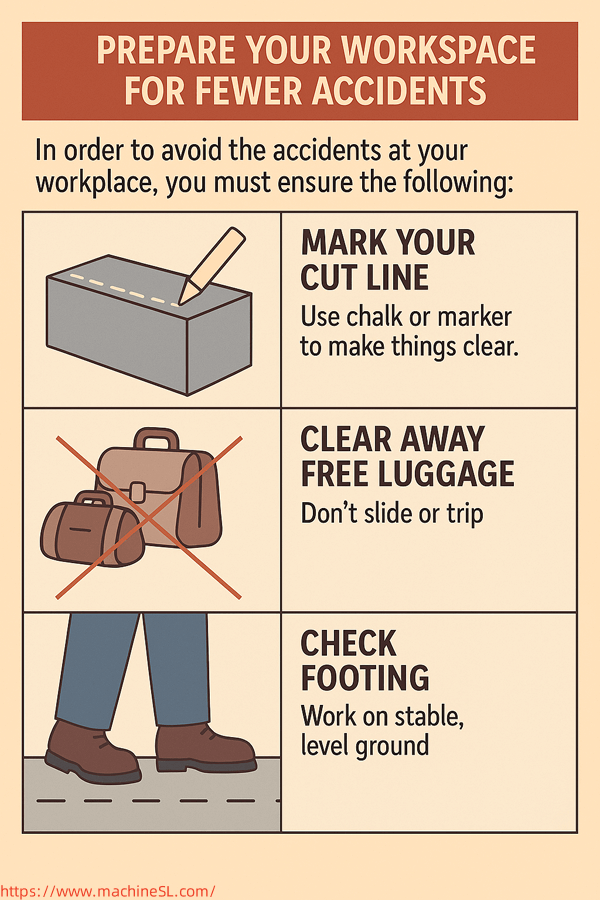
In order to avoid the accidents at your workplace, you must ensure the following:
- Mark your cut line: use chalk or a marker to make things clear.
- Clear away free luggage: Don’t slide or trip.
- Check footing: Work on stable, level ground.
Understanding Concrete’s Properties
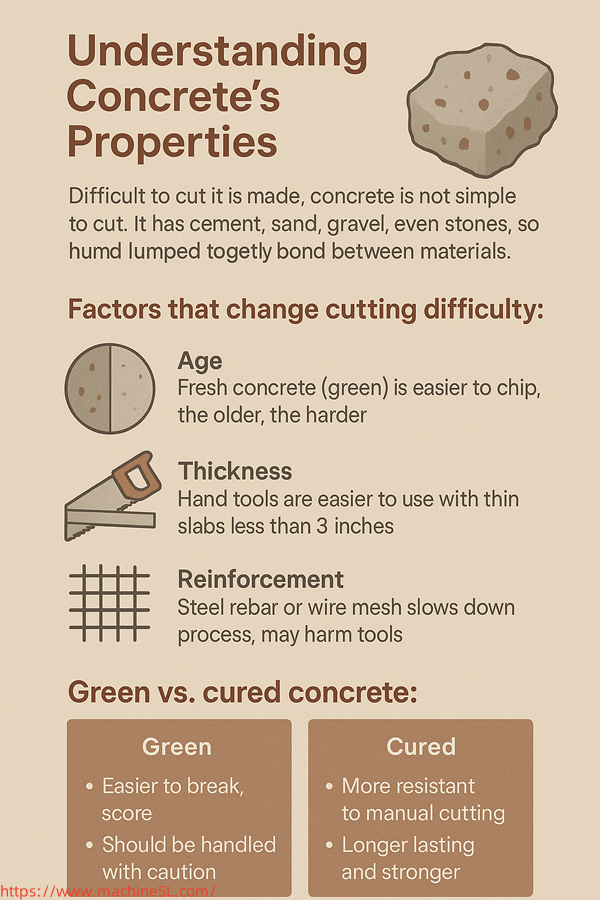
Nonetheless, cutting concrete is a critical process. There are some factors that influences the difficulty. These factors are as below:
- Age: Fresh concrete (green) is easier to chip, the older, the harder. Concrete that is cured completely is hard as rock.
- Thickness: Hand tools are easier to use with thin slabs that are less than 3 inches.
- Reinforcement: The slowing down of the process with steel rebar or wire mesh may harm tools.
Green vs. cured concrete:
Green concrete is referred to the eco-friendly concrete. It is mixed with the aim to reduce carbon footprints. If we compare green and cured concrete, following are the differences.
- Green: It is easier to break, and to score. It should be handled with caution. otherwise, it will produce uneven cracks.
- Cured: It is more resistant to manual cutting. It is longer lasting and stronger.
Tools and Materials Needed (Without a Saw)
If we are not using a cutting saw for concrete cutting, following are the materials and tools to use:
Essential hand tools
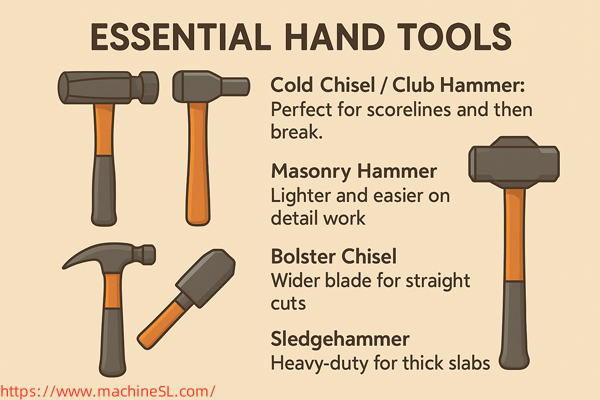
The tools can be listed as:
- Cold chisel/ club hammer: It is a perfect choice. If you aim to manufacture precise scorelines and then break.
- Masonry hammer: It is an alternative. It is a lighter and easier to work on detail tool. It is useful to insert small chips.
- Bolster chisel: Bloster chisel has wider blades. These blades allow one to maintain straight and even cuts.
- Sledgehammer: This is a heavy-duty tool. it is used in breaking thick or large slabs within a brief period of time.
Alternative powered tools (still smaller than a saw)
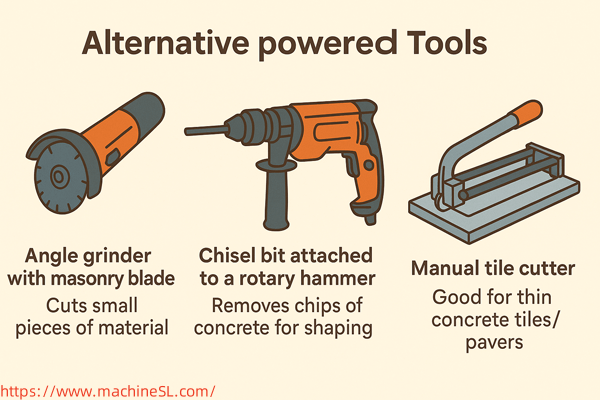
However, we have all the useful cutting tools above but some are alternatives. Such as:
- An angle grinder with a masonry blade: It cuts small pieces of material. It performs the job with much better control than malleating.
- Chisel bit attached to a rotary hammer: It removes chips of concrete for shaping. It can also be used for partial removal.
- Manual tile cutter: It is good for thin concrete tiles / pavers.
Helpful accessories
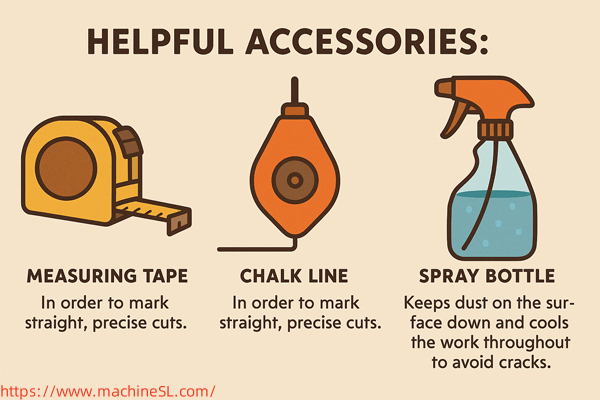
There are some accessories which don’t participate directly in cutting. However, they are helpful in completing the process smoothly.
- Measuring tape: In order to mark straight, precise cuts.
- Chalk line: In order to mark straight, precise cuts.
- Spray bottle: It keeps dust on the surface down and cools the work throughout to avoid cracks.
Methods to Cut Concrete Without a Saw
Let’s elaborate the different methods to cut concrete. These methods cover the fact of not having cutting saw.
Cold Chisel and Hammer
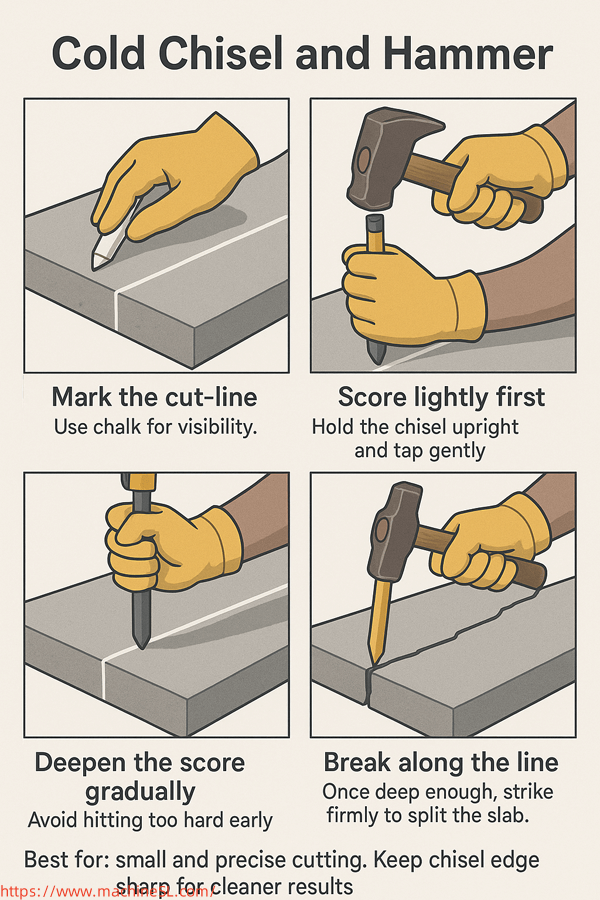
Use a cold chisel and hammer for cutting concrete by following:
Step-by-step Method:
- Mark the cut-line: Use chalk for visibility.
- Score lightly first: Hold the chisel upright and tap gently.
- Deepen the score gradually: Avoid hitting too hard early.
- Break along the line: Once deep enough, strike firmly to split the slab.
Best for: It is best for small and precis cutting. You should keep the chisel edge sharp for cleaner results.
Sledgehammer – For Quick Demolition
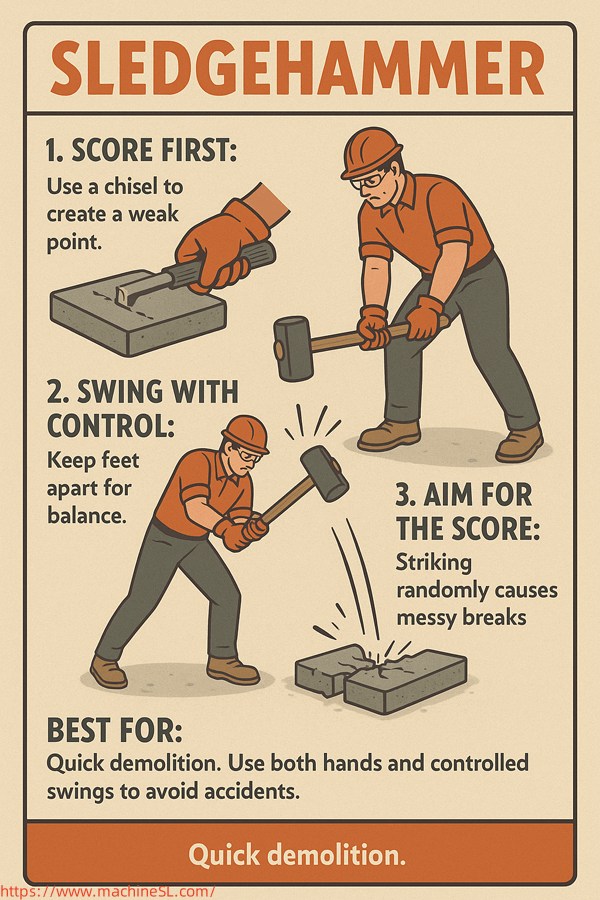
You can use a sledgehammer as below:
Step-by-step Method:
- Score first: Use a chisel to create a weak point.
- Swing with control: Keep feet apart for balance.
- Aim for the score: Striking randomly causes messy breaks.
Best For: Sledgehammer is best tool for quick demolition. Use both hands and controlled swings to avoid accidents.
Angle Grinder
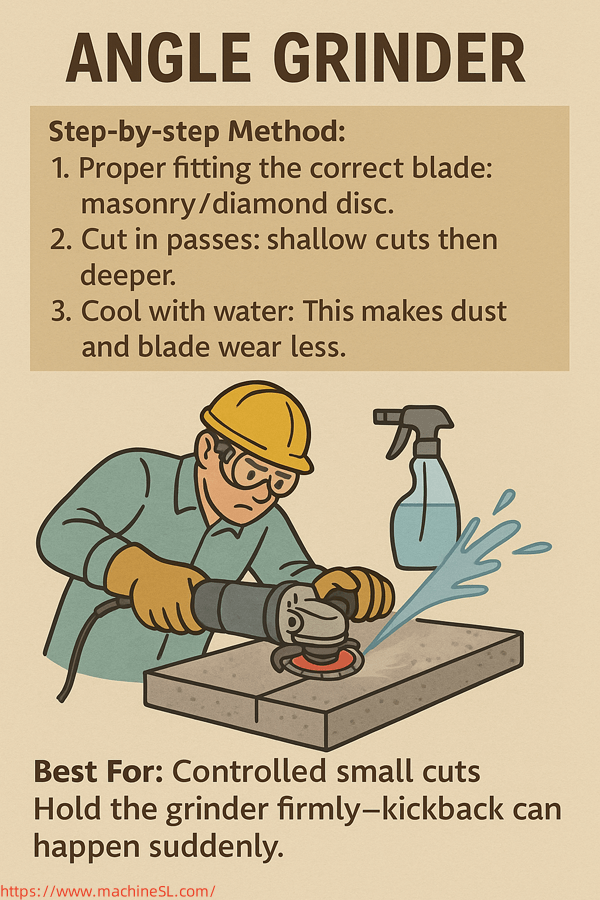
Angle grinder can cut concrete precisely if used as follow:
Step-by-step Method:
- Proper fitting the correct blade: masonry / diamond disc.
- Cut in passes: shallow cuts then deeper.
- Cool with water: This makes dust and blade wear less.
Best For: You can use angle grinder if controlled small cuts are intended. Hold the grinder firmly—kickback can happen suddenly.
Rotary Hammer
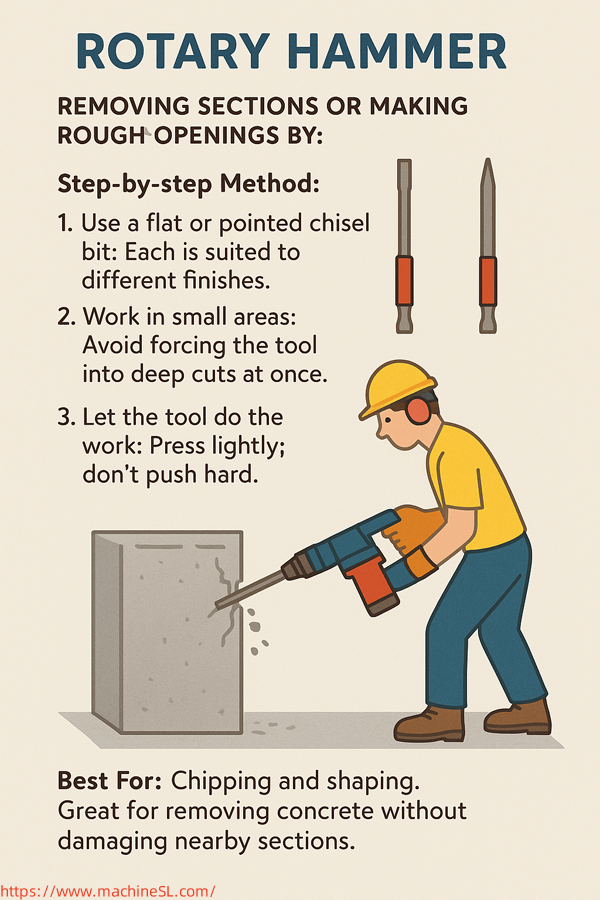
Rotary hammer can be used for removing sections or making rough openings by:
Step-by-step Method:
- Use a flat or pointed chisel bit: Each is suited to different finishes.
- Work in small areas: Avoid forcing the tool into deep cuts at once.
- Let the tool do the work: Press lightly; don’t push hard.
Best For: Rotary hammer is suitable for chipping and shaping. It is great for removing concrete without damaging nearby sections.
Water + Manual Chiselling – For Dust-Free Cutting
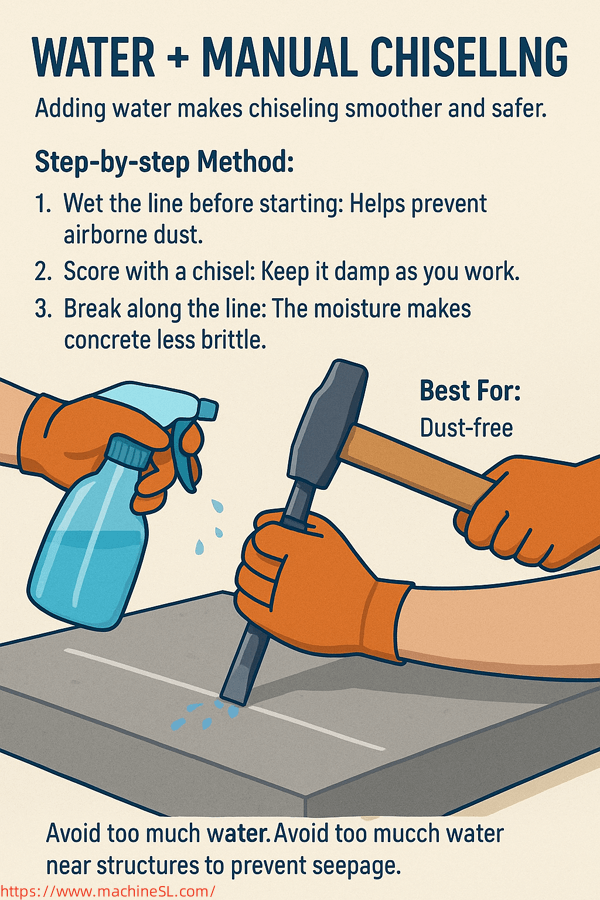
Adding water makes chiselling smoother and safer. You can operate manual chiseling as:
Step-by-step Method:
- Wet the line before starting: Helps prevent airborne dust.
- Score with a chisel: Keep it damp as you work.
- Break along the line: The moisture makes concrete less brittle.
Best For: It is best suitable if you want a dust-free cutting. Avoid too much water near structures to prevent seepage.
Step-by-Step Example: Cutting a Small Concrete Slab by Hand
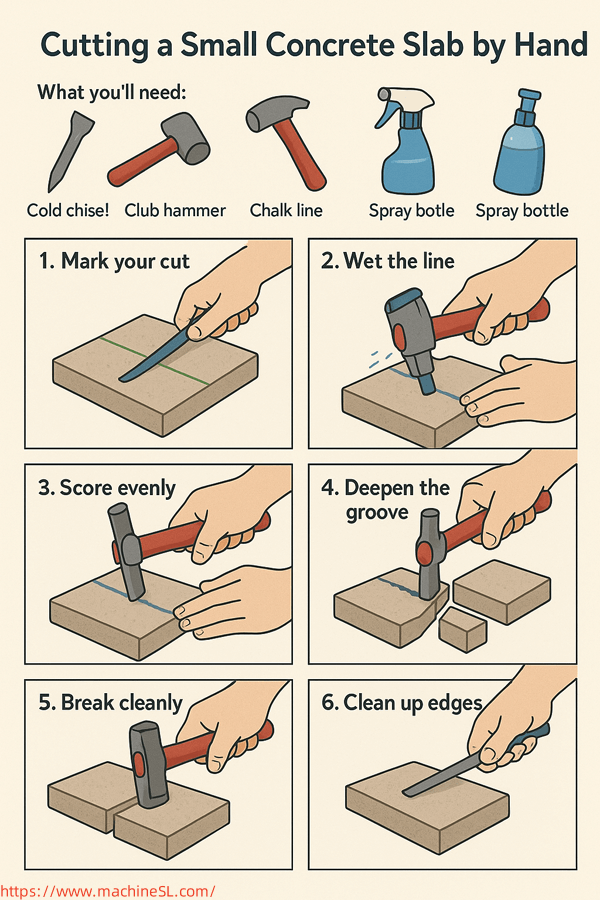
What you’ll need:
- Cold chisel
- Club hammer
- Chalk line
- Spray bottle
How to do it:
- Mark your cut: Use chalk for accuracy and mark you cut line.
- Wet the line: During cutting, controls dust and keeps chisel cooler by using water spray.
- Score evenly: Tap along the line until a groove forms.
- Deepen the groove: Make several passes before striking hard.
- Break cleanly: Apply force along the scored line.
- Clean up edges: Smooth rough spots with the chisel.
Tips for Cleaner, More Accurate Cuts
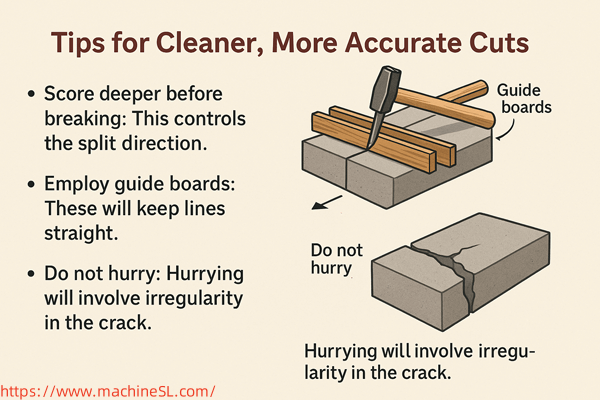
In order to get the more accurate cuts, you must follow the below tips:
- Score deeper before breaking: This controls the split direction.
- Employ guide boards: This will keep the lines straight. More care about chisels: Dull cut tears away rather than cuts.
- Do not hurry: Hurrying will involve irregularity in the crack. It will induce inconsistency in the work.
Common Mistakes to Avoid
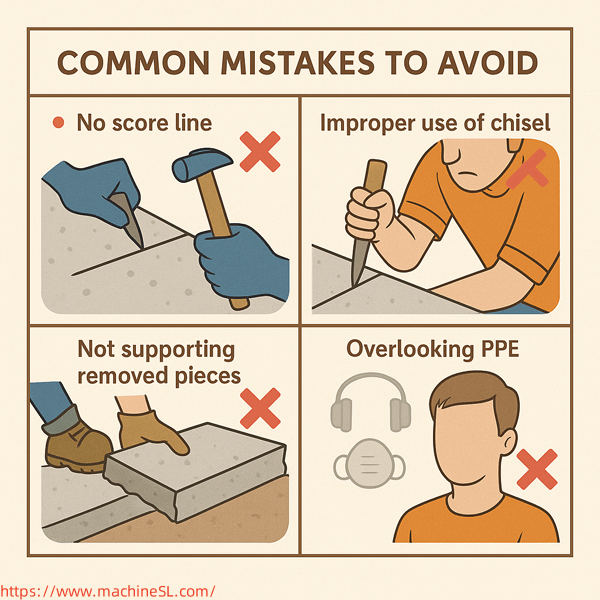
Cutting concrete is a critical process which tends risks due to tools and dust involved. Always avoid:
- With no score line: Always mark the score line. Otherwise, it would result in uncontrollable breaks.
- Improper use of the chisel: Use your chisel accurately and properly. The wood chisels will chip or break.
- Not supporting removed pieces: Always use support for the pieces to be removed. No support means cracks in remaining concrete.
- Overlooking PPE: Things of you at a chance of injury and dangerous health matters. SO never ignore personal protective gears.
When to Avoid Manual Cutting
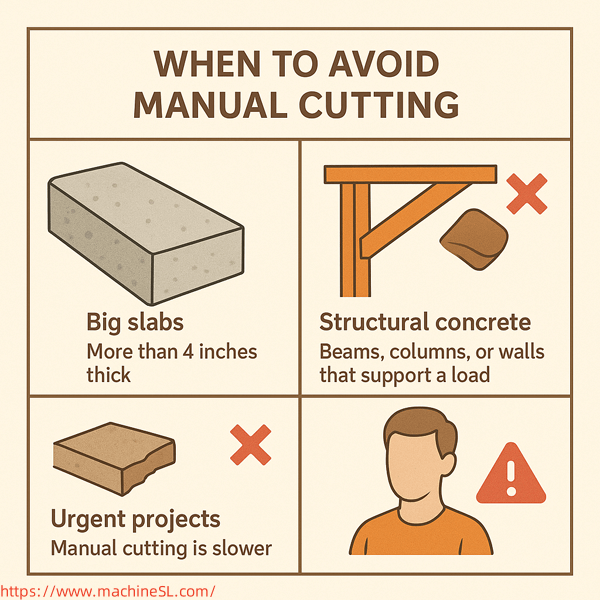
You can cut concrete manually but not always. So, avoid manual cutting in case of:
- Big slabs: More than 4 inches thick will be too long to do by hand.
- Structural concrete: It is dangerous to cut beams, columns or walls that support a load without obtaining an engineer to sign off as safe.
- Urgent projects: Manual cutting is slower and requires patience.
Eco-Friendly & Waste Disposal Tips
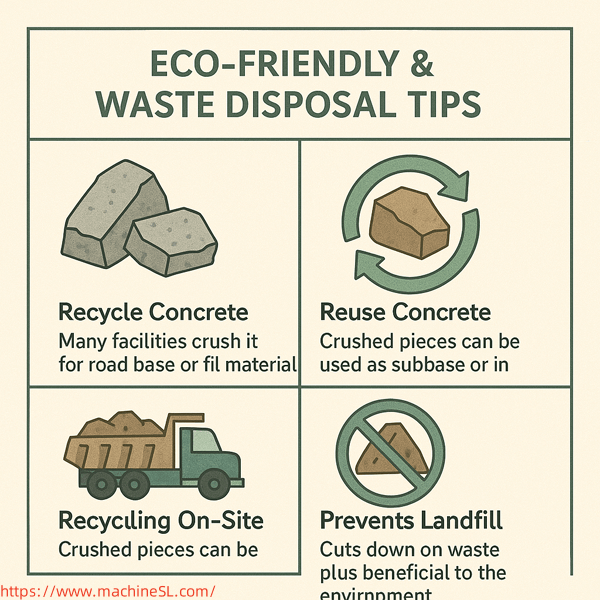
Environment protection is equally important to consider. Always cut concrete in a way that doesn’t affect environment. You can dispose of the waste as below:
- Recycle concrete: Many facilities crush it for road base or fill material.
- Reuse concrete: Many plants crush it for road base model fill material.
- Recycling on-site: Crushed pieces can be used as a subpar or in landscaping.
- Prevents landfill: Cuts down on and prevents waste plus beneficial to the environment.
FAQs
Q: Can you cut concrete with a knife?
No. Even heavy-duty knives can’t penetrate concrete. Use masonry tools instead.
Q: How do you cut concrete without making dust?
Wetting the surface before and during work is the best method.
Q: Can you score concrete with a utility blade?
You can scratch it, but it won’t be deep enough for a clean break.
Q: How long does it take to cut manually?
Minutes for thin slabs, but hours for thick or reinforced sections.
Conclusion
Sawless concrete cutting is not a myth. It requires certain tools and methods and precautionary measures. Manual may be safer, quieter and cheaper though more time consuming and demanding. Using appropriate PPE, managed work area, and right tool will help in clean and controlled cuts. It will reduce the requirements of power equipment. These techniques provide simple, viable solutions to working with concrete. It provides efficient and safe manner. Even for fixing a small problem, work on a DIY project, you can do it where there is no electricity.
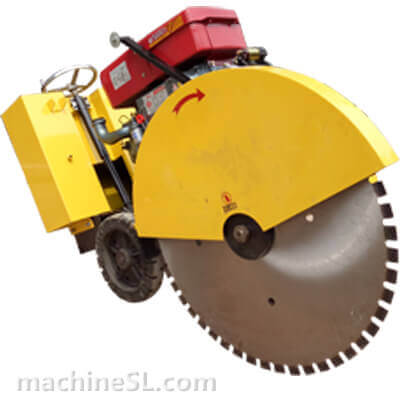
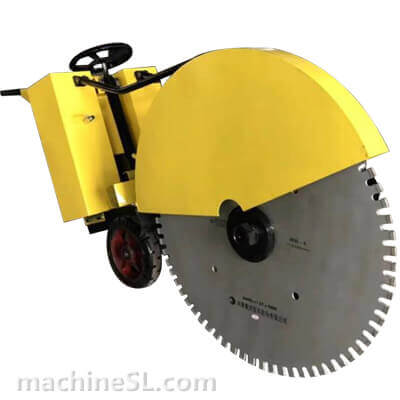
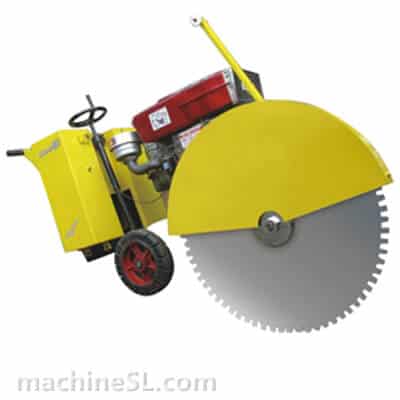

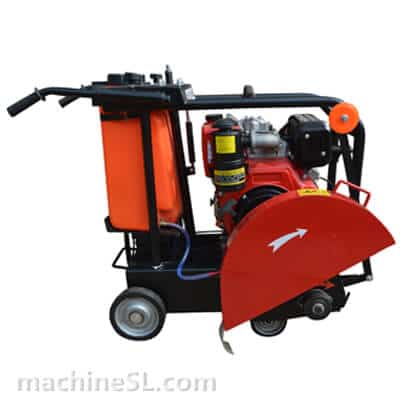
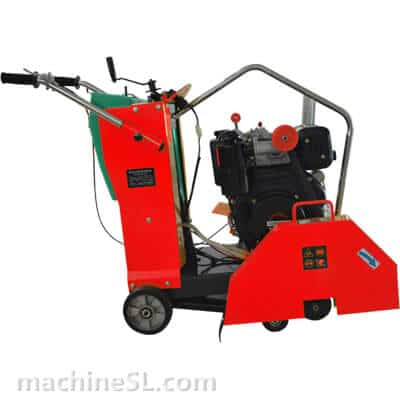
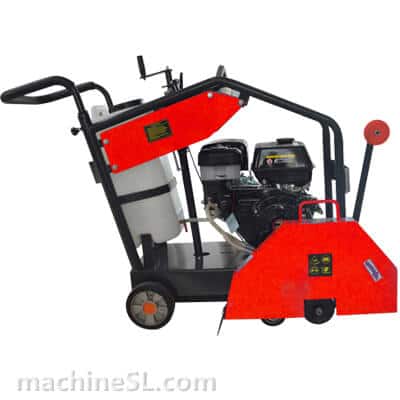
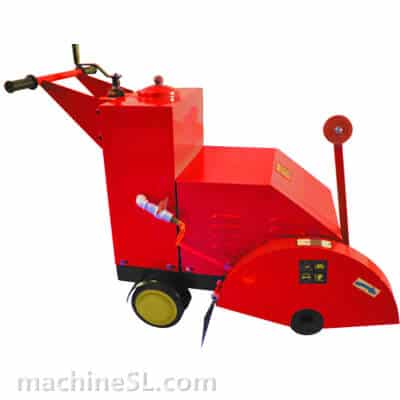
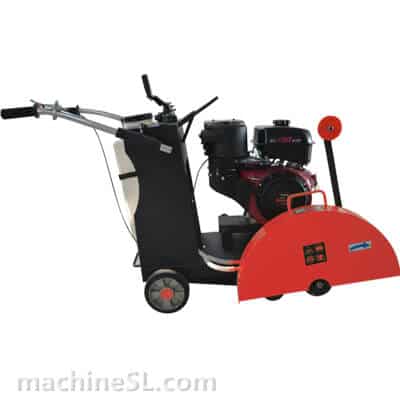
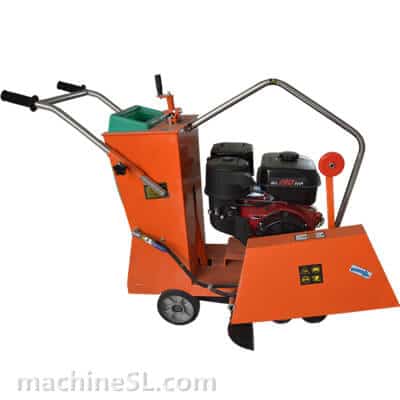

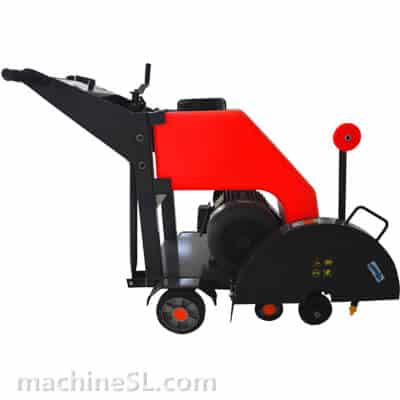
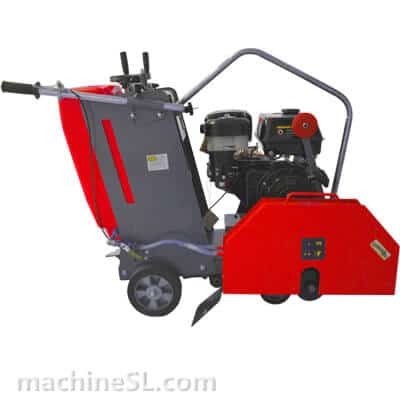
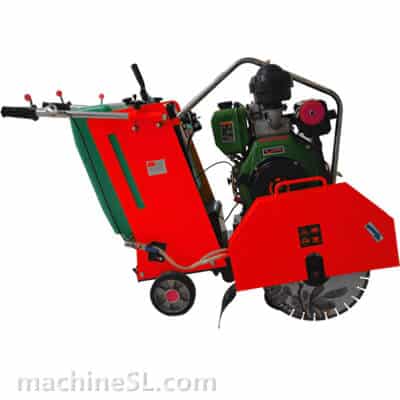
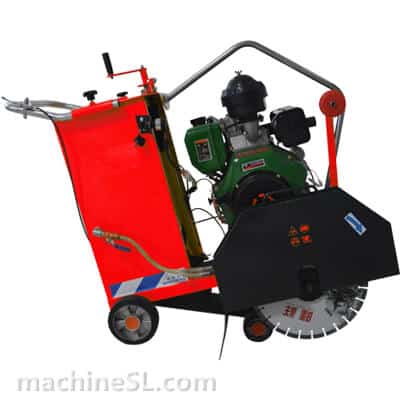
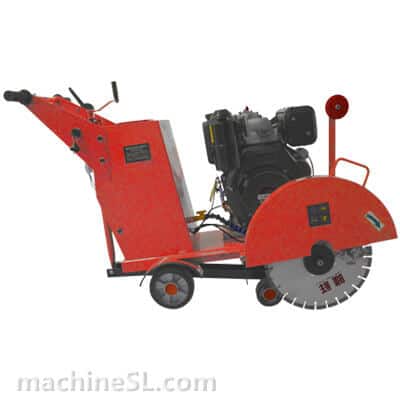
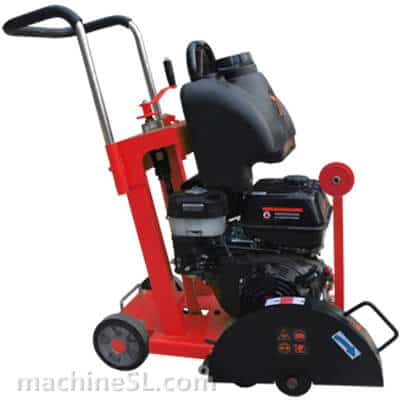
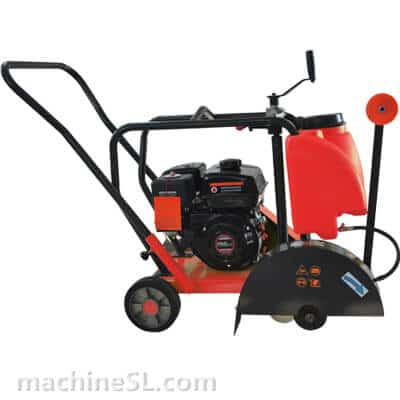
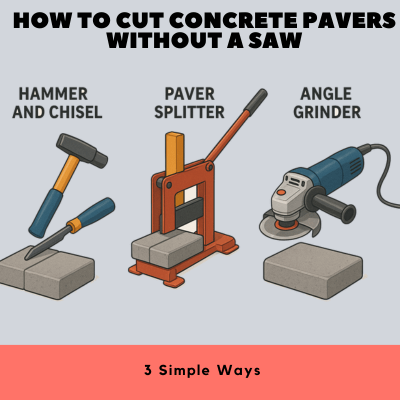
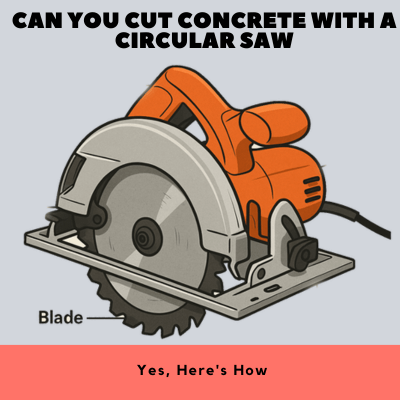
Leave A Comment